Logistics
Industries
Technology & Innovations
E-commerce
E-commerce Fulfillment Services
Lease & Maintenance
Semi Trucks
Logistics
E-commerce
Lease & Maintenance
Buy Used Trucks
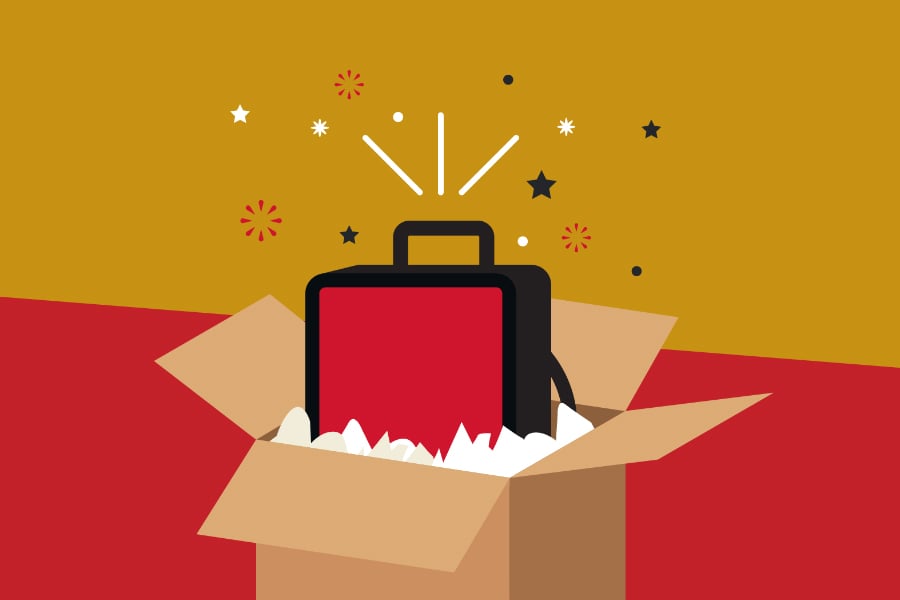
[Updated post from December 1, 2021]
Fans of the beauty brand Glossier list many reasons why they're passionate about the brand: Its uncluttered product range, commitment to cruelty-free cosmetics, and friendly price point. But there's another, much more powerful motive at work.
In the intensely competitive D2C beauty market, Glossier stands out because it treats its customers as influencers in their own right.
This strategy is clear in how Glossier approaches online orders. Every package is a reflection of the brand's values, from the minimalist pink shipping box to the mantra printed on the inside to be seen as customers open the box. The reusable pouches, inserts, and freebie sticker sets send a clear message – Glossier genuinely value the relationship with its devotees.
Exceptional unboxing experiences like Glossier's have become sought after by consumers who've grown tired of mundane, predictable e-commerce experiences. An unboxing is a timeless ritual that connects us to happy memories of being a child on Christmas morning, eagerly anticipating the gifts under the tree.
Plus, it's the only marketing campaign that has an 100% open rate - unheard of in the age of short attention spans.
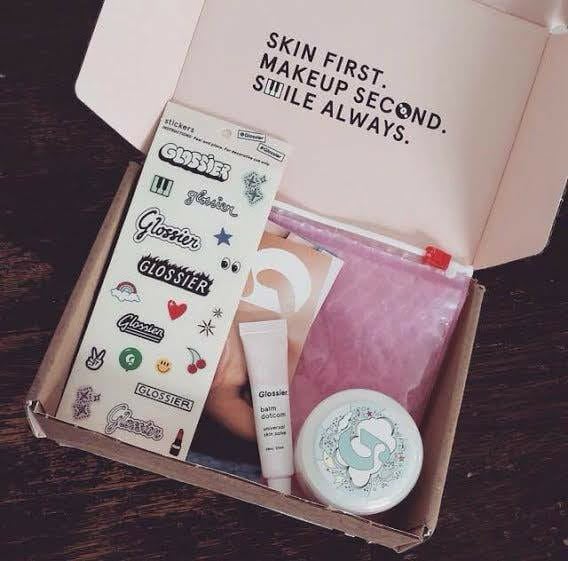
For Glossier, these efforts have clearly paid off. The brand has nearly 3M loyal followers on Instagram, where these unboxing experiences are shared in the form of user-generated content. It's a carefully curated feedback loop that drives customer loyalty and engagement – and it all starts at the point of order fulfillment.
Today, we're taking a deep dive into the world of unboxing. This post will break down those key questions about this most enticing of customer experiences, such as:
Unboxing experiences are the step-by-step ritual of opening and unpacking a much-anticipated online purchase. When an unboxing process is particularly memorable, the experience may be captured in photos or videos and shared on social media.
An unboxing experience is different from a regular e-commerce delivery. It's an immersive, experiential brand initiative designed to surprise and delight customers. The use of bespoke elements like branded packaging, engaging inserts, and free samples enables merchants to boost the perceived value of a purchase and make customers feel more emotionally invested in their brand.
Branded unboxing experiences were once the domain of luxury companies selling high-ticket items, such as fashion, footwear, and cosmetics. But in the age of hyper-competitive e-commerce, unboxing experiences have quickly become the table stakes for positive customer experiences.
Where consumers were once satisfied by online orders arriving on time with the right contents, we now crave that ‘wow factor' to make our interactions with a brand exciting and enjoyable.
Today, consumers expect brands to pull out all the stops to make the customer feel appreciated – and this includes the delivery experience. In fact, studies show that 52% of consumers are likely to purchase from a brand again if their delivery has a premium, attractive packaging design.
Unboxing experiences found mainstream popularity via ‘unboxing videos'; in-depth, immersive videos posted to YouTube and social media where people share their first impressions of interacting with a product after delivery.
Over time, unboxing videos have become a powerful experiential marketing strategy for brands. Social media now plays a pivotal role in online product discovery, with 90% of consumers saying they've discovered new brands or products via YouTube videos.

With the rise of increasingly digital shopping experiences, from subscription boxes to social commerce, images and videos of attractively-packaged products have gained widespread popularity on social media as a yardstick for measuring how desirable a brand is.
For example, 'gifting' or sponsoring an unboxing experience with a high-profile influencer is a great way for a brand to get in front of the right audience. A single unboxing video has the potential to be seen by thousands of potential new customers, firmly putting your brand on the map.
Beyond brand awareness and marketing, a branded unboxing experience has another critical function. It's a way for brands to showcase the personal touch and premium service they provide.
Thanks to the COVID-19 pandemic and the resulting boom in e-commerce sales, brands need to look for new ways to secure customer loyalty – especially when willingness to experiment with new brands is at an all-time high.
According to Keypoint's 2020 study “Vertical Industry Views from a Socially Distanced Perch”, 77% of brands that produce packaged products are focused on enhancing their unboxing experiences.
But despite this, consumers report being underwhelmed by many brands' unboxing efforts. Macfarlane's 2022 unboxing survey found that almost 40% of the packages consumers received had no branding, even though 41% stated that unboxing experiences encouraged repeat purchases.
In sum, unboxing experiences are more relevant than ever in the eyes of consumers – but brands need to seriously lift their game if they're going to create an unboxing that surprises and delights customers.
Merchants exert a lot of control over their brand story during the shopping journey. From the initial moment of brand discovery to collecting their confirmation email, customers receive consistent, familiar communications that help to build an emotional connection with a brand.
But by the time an online order has been picked, packed, and shipped to the customer, a brand's identity is often hidden beneath layers of generic product packaging.
In sum, the brand has started an engaging story – but they haven't given it a satisfying ending.
Industry commentators refer to this trend as the ‘Amazonization' of e-commerce. Unbranded packaging may be cost-effective, but makes it impossible to foster brand awareness at the point of delivery.
A memorable unboxing experience with custom packaging enables retailers to put their brand story front and center during the post-purchase experience, giving them a powerful point of difference from competitors.
In the aftermath of the pandemic, the e-commerce marketplace is more crowded than ever before. When online shoppers can purchase the same product from dozens of vendors or Amazon listings, you need to give them a compelling reason to choose your brand above others.
This is where memorable brand experiences are the biggest competitive differentiators. According to HubSpot, 93% of customers are more likely to make repeat purchases from a brand that offers an excellent customer experience.
The unboxing process is a tactile, immersive post-purchase experience that leverages the anticipation of delivery to finish the customer journey on the ultimate high. It primes customers for future purchases so they can receive this experience again.
In our social media-driven world, brand interactions are quite literally made to be shared. When 93% of consumers say that online reviews influence their purchasing decisions, it should be your mission to leave every one of your customers with a favorable impression – no matter how big or small their online following.
Your customers are filled with anticipation about seeing their purchase for the first time – and you don't want to miss out on a valuable opportunity to build further engagement. With 40% of consumers saying they would share a purchase on social media if it came in interesting packaging, unboxing experiences present a powerful strategy to extend your brand's reach into new communities.
Designing a memorable unboxing experience from scratch can be an intimidating undertaking – even for established brands. This is because unboxings are far more than just pretty packaging. If an unboxing doesn't:
then it's unlikely this expenditure is going to benefit your brand.
This is why we've created the ultimate checklist to help you create the perfect unboxing experience that drives customer loyalty and repeat purchases:
Without unique packaging materials such as custom-branded packaging, it's challenging to create an unboxing that's tied to your brand narrative. Every element of your unboxing experience should represent your values and personality, providing a cohesive touchpoint in the customer journey that aligns with your brand's mission.
Exterior packaging
Your exterior packaging is the first thing that customers see when they receive their order, making it the best place to include custom-branded elements, such as your logo and brand colors. This increases customer anticipation and ensures that you have their full attention for the unboxing experience.
Branded shipping boxes
How exciting is it when we see an eye-catching shipping box on our doorstep? First impressions are key to starting off an unboxing experience on the right foot. Boxes work well for larger items and products which need more protection during the shipping process.
Branded stickers/packing tape
Custom-branded boxes can be a very expensive investment, especially for small businesses with narrow profit margins. A more affordable alternative is to use custom-branded stickers or branded packing tape to decorate your boxes and mailers, which provides a great focal point for key brand elements.
Pro tip: Branded stickers also make a great freebie to keep customers thinking about your brand, as shown here by Mugsy:
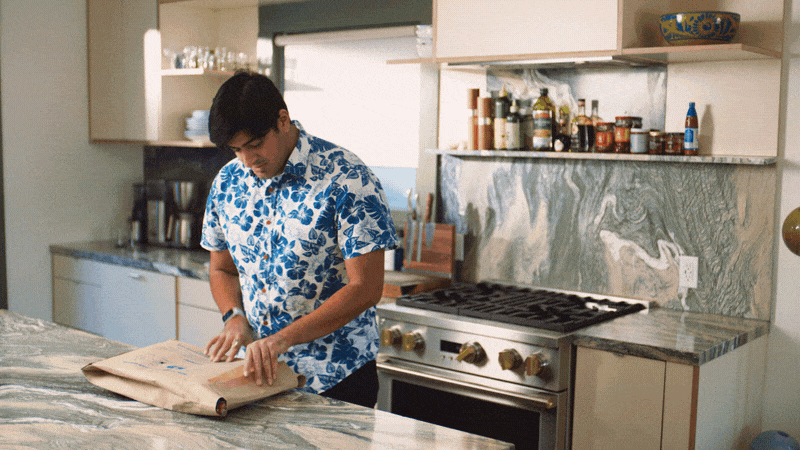
Branded mailer bags/envelopes
If you're a business that sells small, lightweight products, using bulky boxes may not be the best option for you. Instead, you can invest in branded mailer bags or envelopes to package items. This also has the advantage of keeping your shipping costs down. And as apparel brand Tuckernuck shows us, a custom-branded mailer can be just as attractive as a box!
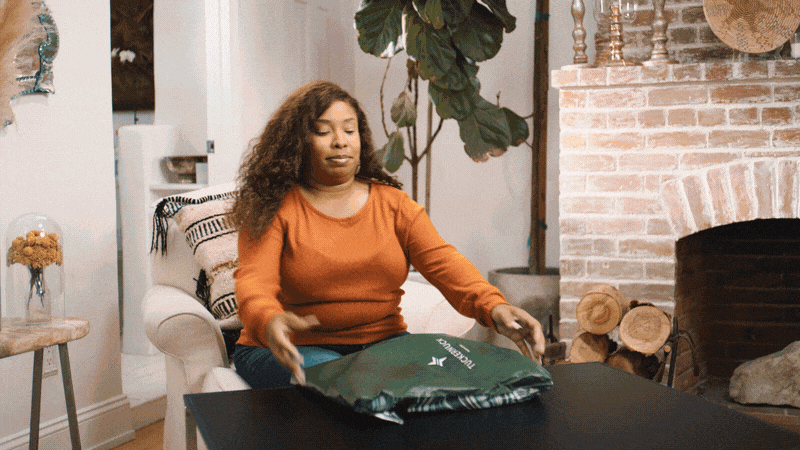
Interior packaging
When your customer opens their box or mailer, you want them to be blown away by what they find inside. This is where interior packaging and product presentation is really important. You want your items to be secure in their container during transit – and to look super enticing to increase perceived value.
Tissue paper
Branded or colored tissue paper is a super versatile packaging solution for your unboxing experience; you can use it to line the inside of boxes, to gift-wrap products, or to maintain space between products. It also provides a nice big canvas for more complex slogans or designs that reflect brand identity.
Packing filler
Using some form of packing filler doesn't just protect your products from moving around too much in transit; it also ensures that your product presentation is impeccable for that moment when your customer opens the box. Crinkle-cut paper, for example, helps to add a more premium feel to a purchase.
Branded inserts
Including inserts within your package helps you to extend your brand story and add context to the unboxing experience. For example, if you've included some freebies with the purchase, add a note that explains why you've picked out that particular product.
Outdoor apparel brand Freefly includes a brand catalog with every order to encourage customers to explore the rest of their range, priming them for repeat business:
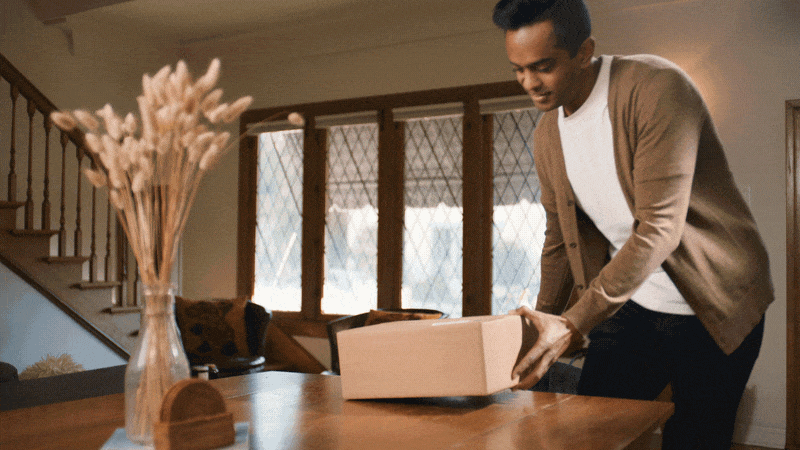
Although born in the digital age, unboxing experiences are no longer the domain of ecommerce brands and home delivery.
If you're a retailer with an offline storefront, whether that be a pop-up store or a permanent brick and mortar location, you need to think carefully about how you can bring this memorable experience to this channel.
Why? In an omnichannel retail landscape, it's hard to justify treating your in-store customers differently from online shoppers. It makes little sense to reward only your online customers with freebies and coupons – especially as it could result in you cannibalizing your in-store sales.
With services such as BOPIS and curbside pick-up soaring in popularity due to the pandemic, any ‘experience gap' between online and offline will be very obvious to your customer.
But if you play your cards right, you can implement an unboxing experience that works across channels.
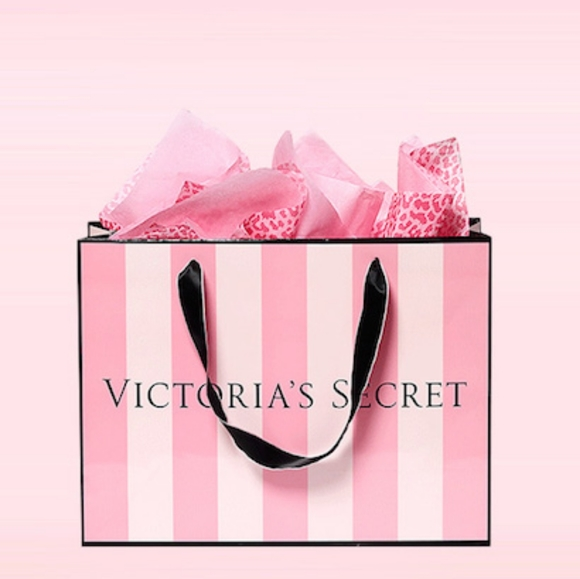
Victoria's Secret's pink, tissue paper-filled shopping bags are instantly recognizable in shopping malls across the U.S. This luxe display doesn't only increase brand loyalty; it also drives brand familiarity for other shoppers in the vicinity, helping to fuel in-store sales.
The takeaway? You don't need a box to create an amazing unboxing experience. Custom packaging elements such as branded tissue paper and stickers can easily be repurposed for both online and offline purchases. Likewise, inserts, coupons, and free samples can be organized at checkout for store associates to add to the shopping bag with purchased items.
Everyone loves a gift-like delivery. But to really wow your customers, ecommerce brands need to make the experience personal. No one wants to feel as though their unboxing experience has rolled off a giant assembly line; it's those small personal touches that elevate an unboxing from being aesthetically pleasing to helping customerd form a genuine connection with your brand.
Think of your unboxing experience as an ice cream sundae. The beautifully-wrapped package is the ice cream, but personalization is the chocolate sauce and cherry on top. Without it, we know something important is missing. It's these gestures that show the care and attention put in by the creator.
So, what does a personalized unboxing experience look like in practice?
Say thank you

A handwritten note is the perfect, heartfelt way to show how much you appreciate your customer's support. It's a small touch that reflects the extra time your brand is taking to make customers feel special. Furthermore, a custom note reinforces the humans at work behind the package your customers receive, strengthening the emotional side of the customer relationship.
Add a free sample or gift
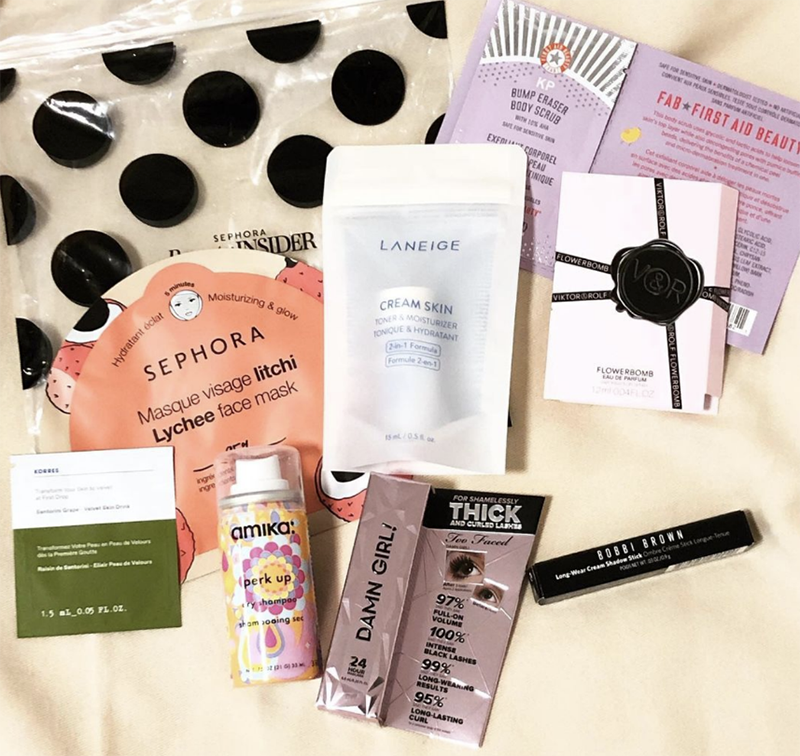
Product sampling is a well-known e-commerce strategy mastered by the likes of Sephora to drive repeat purchases. But successful sampling should always take into account what would complement your customer's order. For example, if you're a confectionary brand, you could include a sample of another flavor you think your customer might like.
The value of an unboxing experience isn't merely delighting your customer, but enticing them to share this experience with others. Almost a quarter of millennials and Gen Zers say that lots of likes or positive comments on social media would make them more likely to buy a product, demonstrating that social proof has become an extremely valuable currency in e-commerce.
Where an unboxing in the pre-internet age would be seen by one person, it can now be shared with thousands to increase exposure to potential customers – but only if you design it in a way that makes sharing a natural next step.
To make your unboxing experience shareable, you need a strong call to action that encourages customers to participate in your brand story. For example, an insert that offers consumers a discount or entry into a giveaway in exchange for sharing their unboxing experience is a great strategy to boost social sharing.
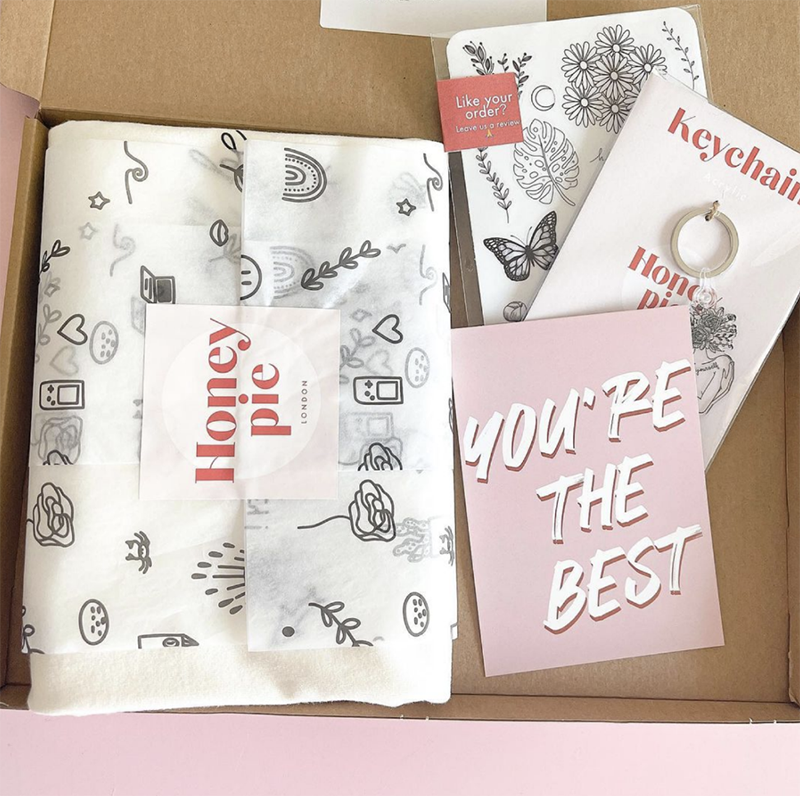
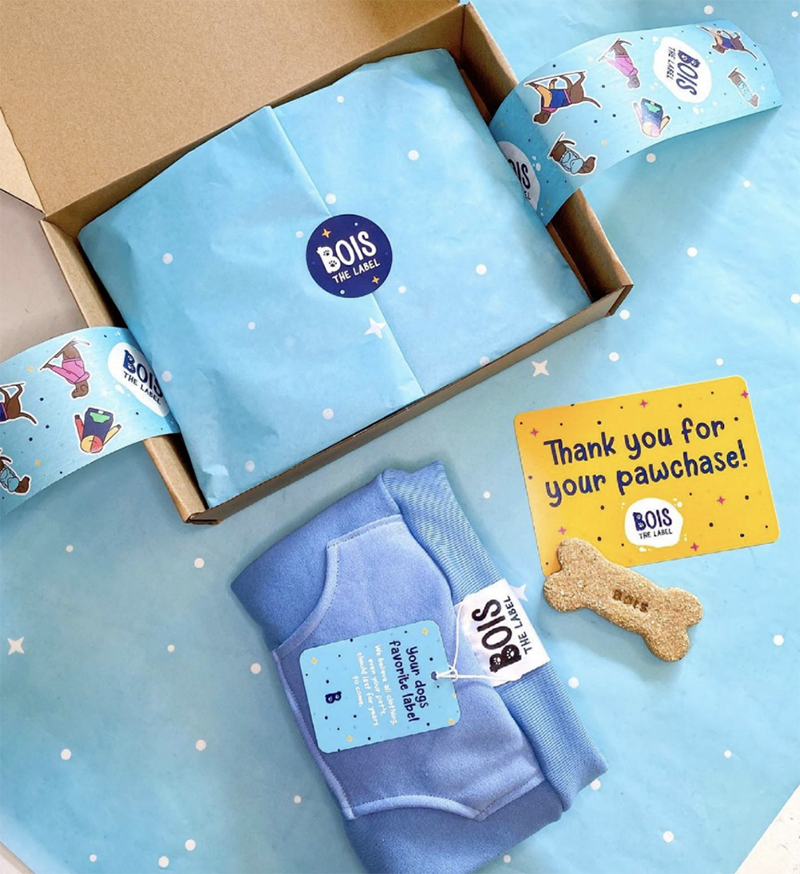
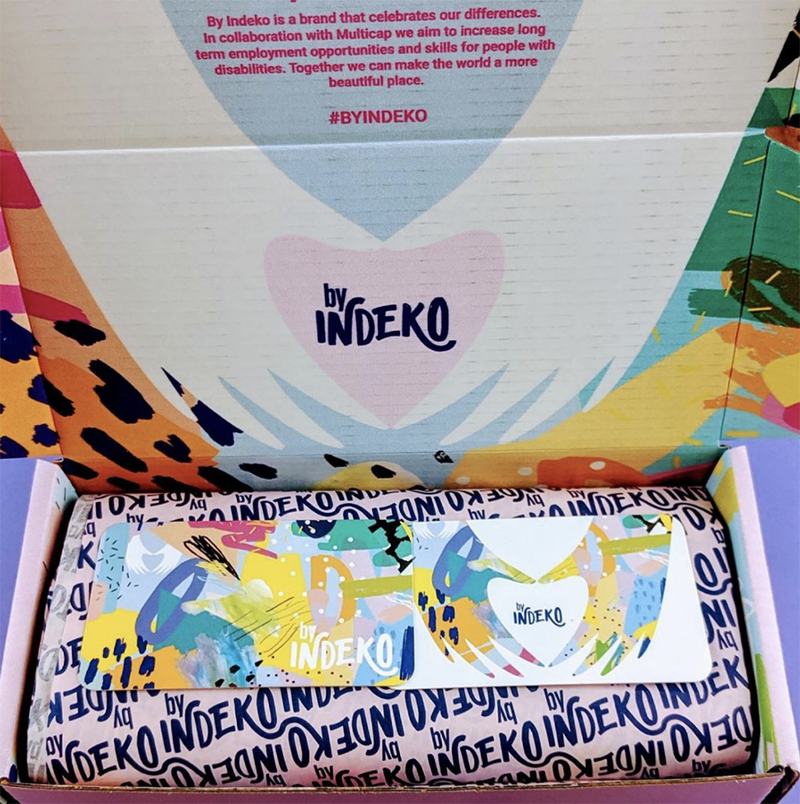
It's not unusual for consumers to never hear from a brand again after a sale takes place. Unless you make an effort to keep customers in the loop, they're unlikely to make a repeat purchase.
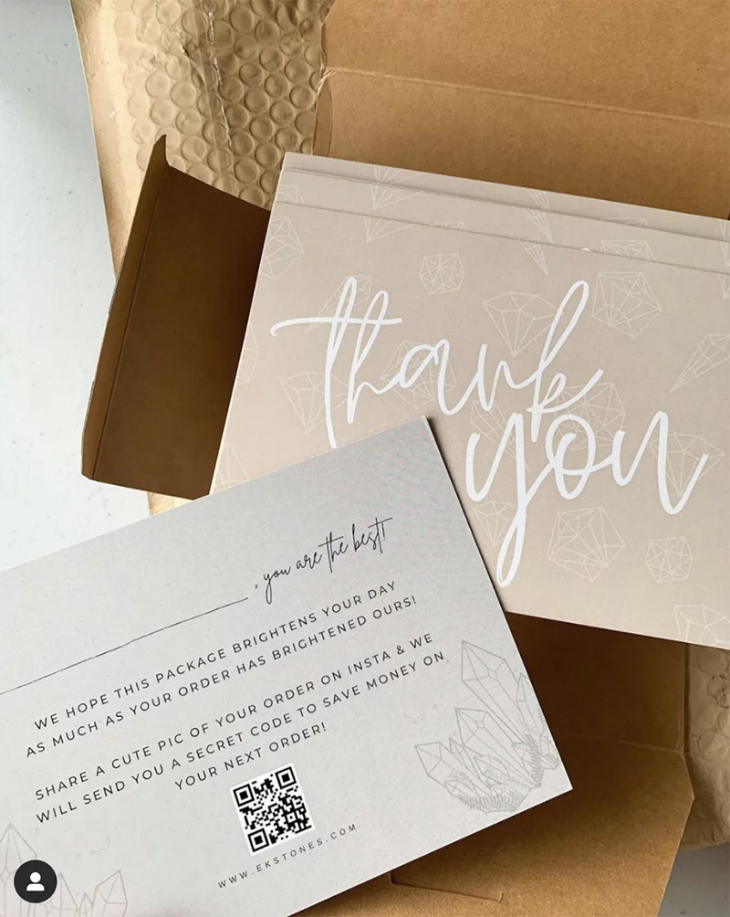
As immersive experiences, unboxings are a huge opportunity to set up a fresh purchasing cycle by connecting your customers with other channels that provide opportunities for community engagement. Printing social media hashtags or QR codes on your packaging, for example, is a fantastic way to promote more interaction with your content.
It's very easy to get carried away when planning your unboxing experience. But the cost of branded packaging, freebies, and the labor required for subassembly adds up quickly. If this isn't managed, it could result in you making a loss on some orders.
This is why it's important to monitor Cost Per Order (CPO) to ensures that these additional order fulfillment costs are manageable for your business. If you don't want to compromise on the quality of the unboxing experience, consider adding a minimum order threshold for a customer to qualify for all the trimmings.
It's easy to coordinate an unboxing experience when you're only managing small order volumes. Every order can be painstakingly assembled, giving you full oversight and creative control over the pick and pack process.
But as order volumes increase, elaborate unboxing experiences add significantly to the time it takes to fulfill each order. This can create backlogs in order processing and fulfillment, resulting in dissatisfied customers and damage to your brand's reputation. This is why unboxing experiences often don't pair well with self-fulfillment for rapidly growing brands.
This puts many brands in a tough position; watering down the unboxing experience may be seen as a betrayal by long-time customers. But bringing in an e-commerce fulfillment partner and relinquishing direct control over fulfillment can also be a hard sell.
Choosing a 3PL that has a proven track record in value-added services like custom packaging and kitting is the best way for merchants to scale their unboxing experience without sacrificing quality. Best of all, you can take advantage of their economy of scale to lower fulfillment and shipping costs, resulting in a more cost-effective operation.
Enticing unboxing experiences have fast become the table stakes of effective customer engagement in both ecommerce and brick and mortar. When executed well, your unboxing can be a powerful strategy for social media marketing, customer retention, and community-building – all wrapped up into one beautiful package.
So, where is the best place to start? First off, you need to understand what packaging is best for your needs. Check out the full e-commerce packaging guide on our blog to get the ball rolling.